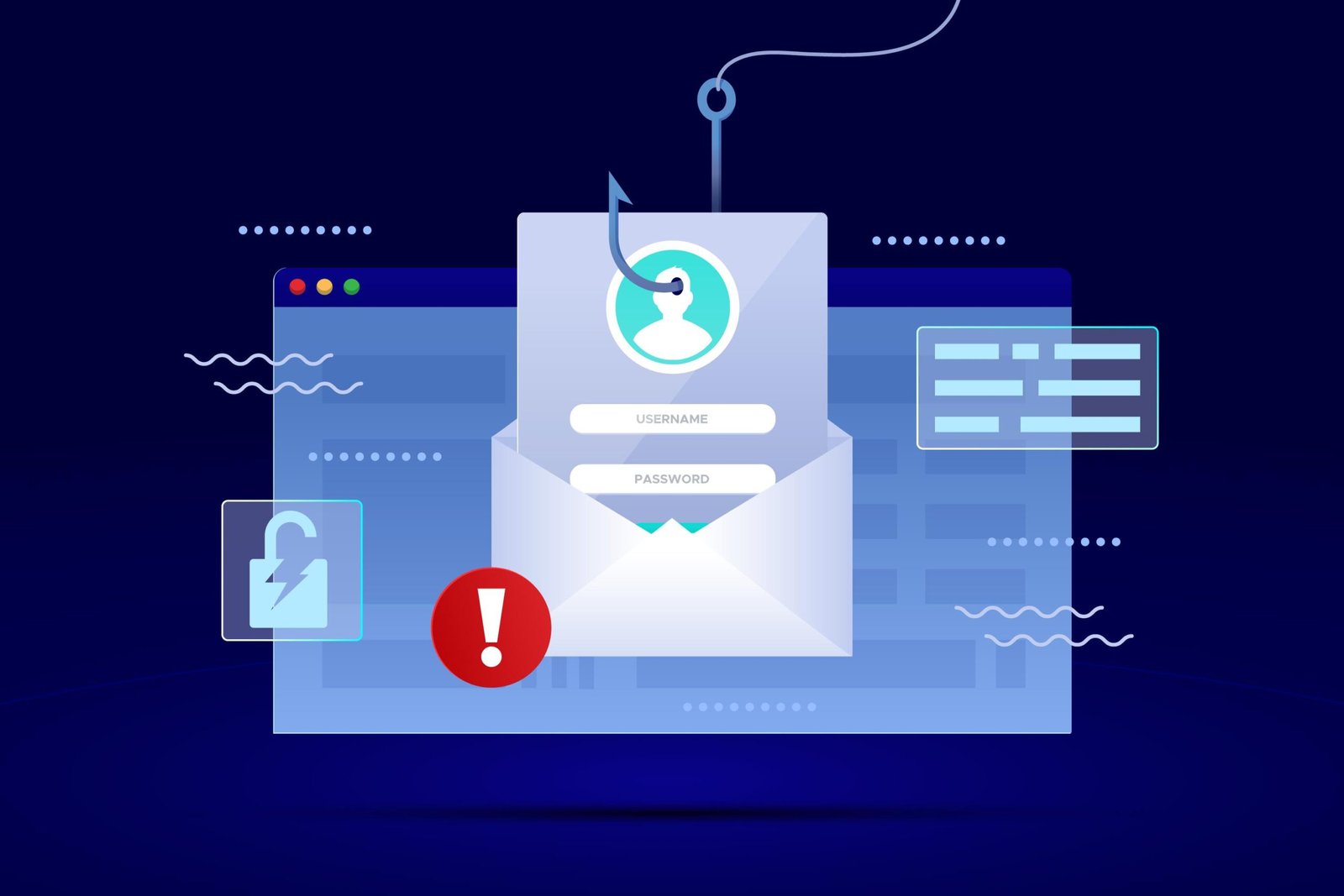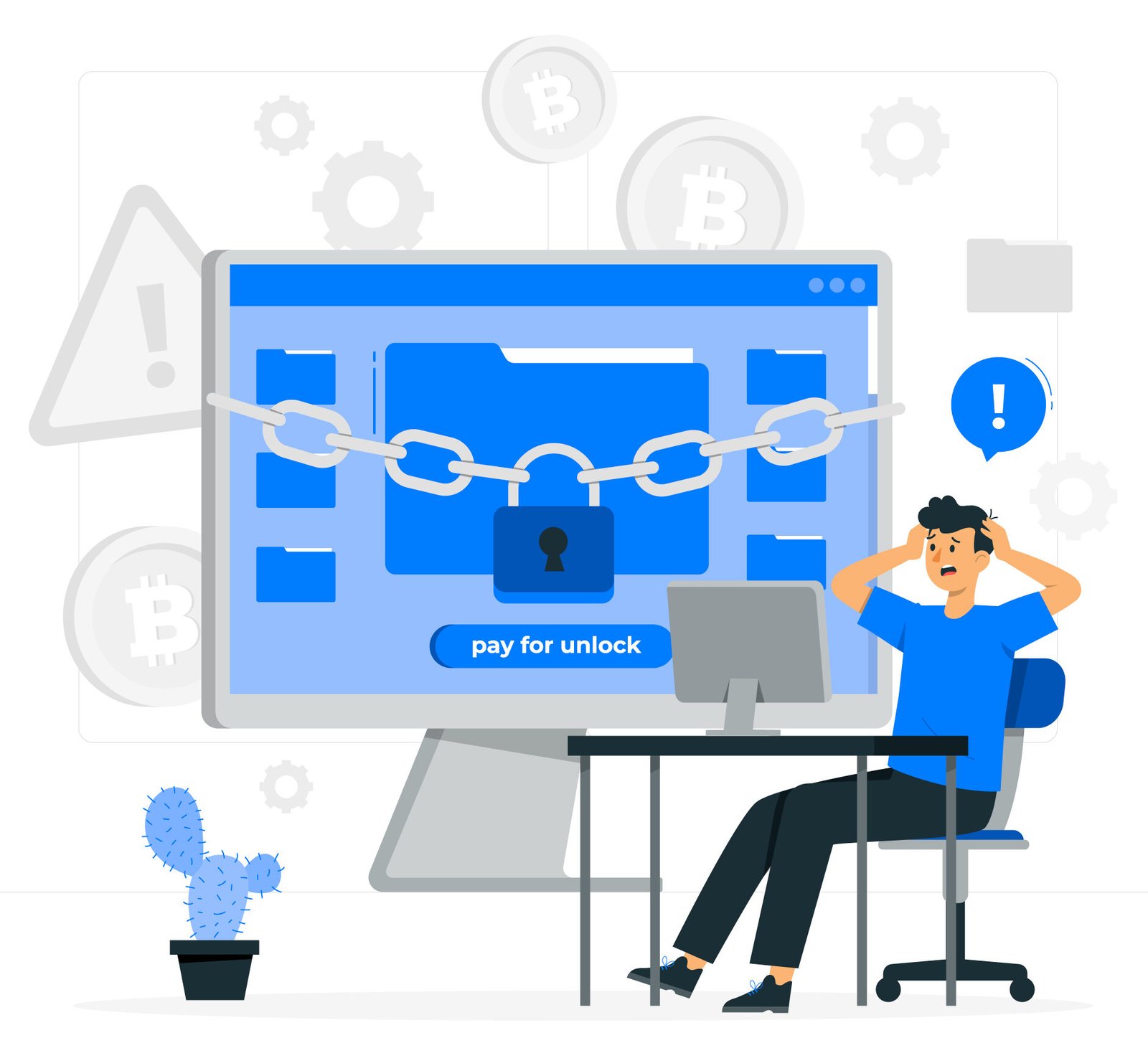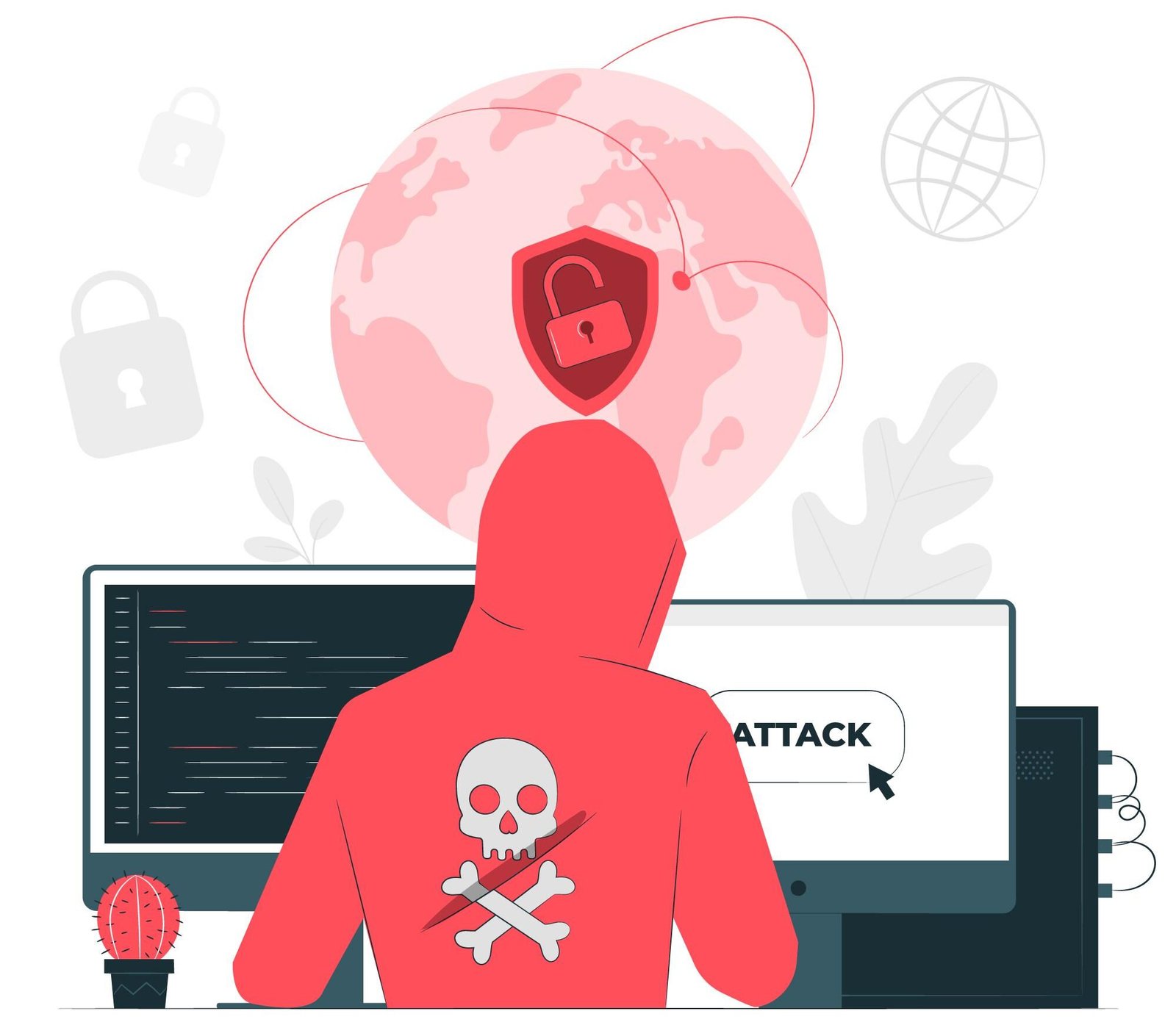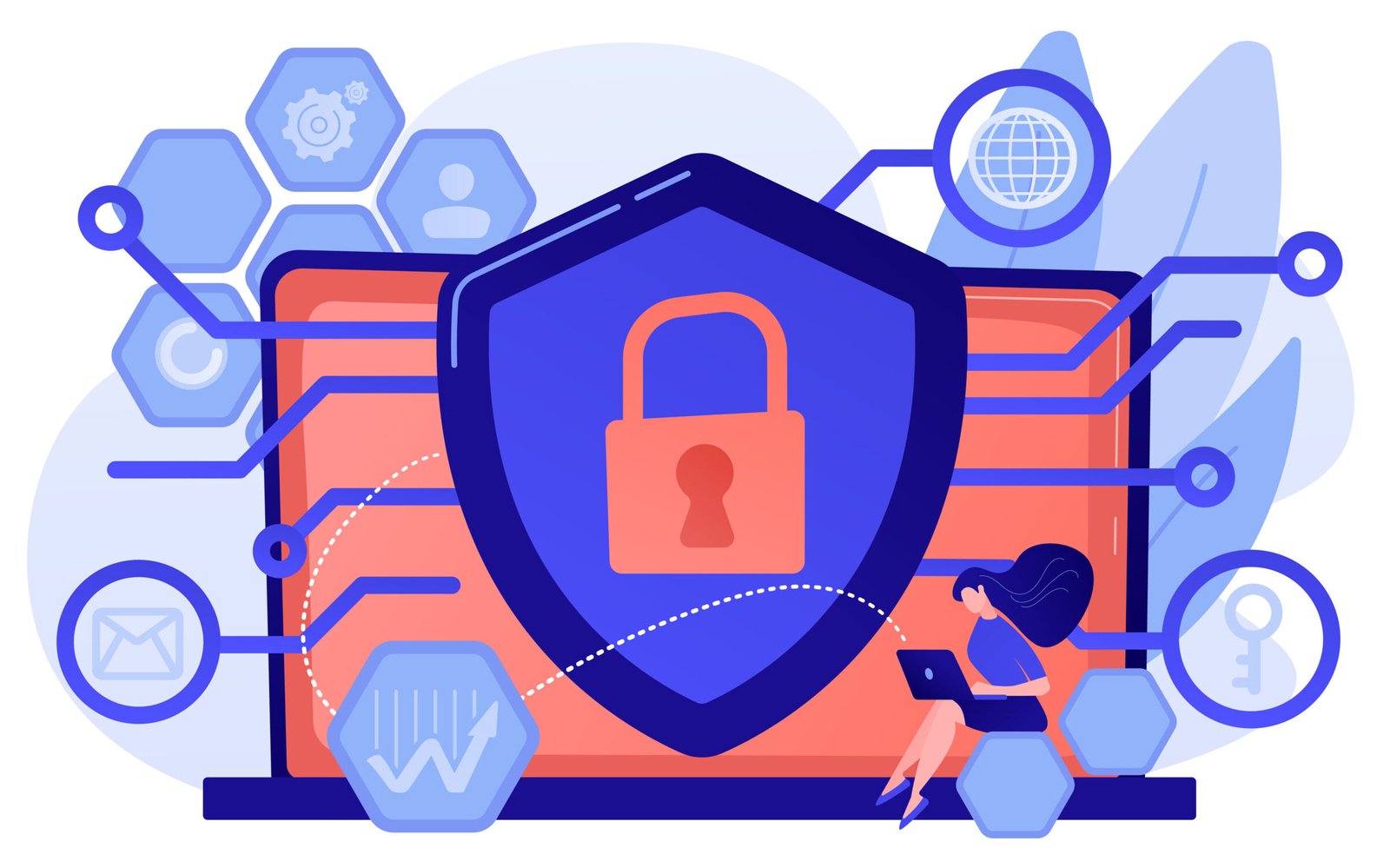Recent studies reveal that 75% of consumers would stop doing business with a brand right after a security breach. This harsh truth shows how badly poor website security can hurt marketing agencies. A security breach can destroy years of careful brand building. Research shows 87% of consumers would switch to competitors after their data gets compromised. 66% of U.S. consumers say they wouldn’t trust their data with a company that experienced a breach. Companies lose market share when this happens, and business partners often cut ties to protect themselves.

Why Your Marketing Site’s Security Matters More Than You Think
Published by abraham • January 20, 2025
Cyber attacks hit 30,000 websites each day. Small businesses without proper security become easy targets, accounting for 43% of these attacks. Web application coding flaws cause 72% of these vulnerabilities, which makes this situation more troubling.
Marketing agencies deal with unique security risks because they manage multiple client websites and sensitive campaign data. Malware, hacking attempts, and DDoS attacks can damage an agency’s reputation and their client’s trust. A resilient security system, regular website checks, and complete monitoring have become vital to protect everyone’s interests.
This piece covers everything in website security that marketing agencies need to know. It shows hidden costs, identifies specific threats, and explains proven security protocols that help build lasting client trust.

Security breaches hurt companies’ finances well beyond the initial costs. Data breaches now cost companies an average of USD 4.88 million globally in 2024. The financial damage includes:
- Business losses of $1.52 million on average
- Money spent on fixing the breach
- Higher insurance costs
- Fines and legal penalties
Website security problems can derail marketing operations completely. 40% of breaches now affect data stored in multiple places, which makes managing campaigns harder than ever. Marketing teams must shift their focus from promotion to crisis control, which can waste months of planning. This forces companies to pause their campaigns and limits their ability to target customers effectively until they fix security issues.
Marketing agencies have turned into prime targets for cybercriminals. 46% of all cyber breaches now affect businesses with fewer than 1,000 employees. Hackers see marketing organizations as ‘soft targets’ because of their public visibility and extensive digital footprint.
Marketing agencies hold large amounts of sensitive information beyond simple customer data. Their databases have marketing strategies, competitive research, and detailed campaign analytics. 87% of small businesses keep customer data that cybercriminals could compromise in an attack. The risk grows as agencies work with third-party vendors like ad agencies and event planners. This external data sharing creates additional security vulnerabilities.
Security risks have grown as agencies handle multiple client websites at once. Security experts report that 88% of organizations moved to remote work during the pandemic. Home office setups and shared devices created new security gaps. The stakes are high for agencies:
- 60% of hacked small businesses close within six months
- 82% of ransomware attacks target companies with fewer than 1,000 employees
- 51% of small businesses affected by ransomware pay the ransom

High-traffic marketing campaigns bring unique security challenges. Websites face attacks every day, even with proper patches. Fraud takes up 22% of yearly digital advertising expenditures and leads to losses of up to $84 billion each year. These attacks target campaign infrastructure especially when you have peak traffic periods. This makes marketing agencies vulnerable to disruptions and data breaches.
Website security serves as the life-blood of marketing agencies today. A recent study shows 82% of respondents believe digital trust will play a vital role over the next five years. Marketing agencies need to prove their security dedication through real actions. Research shows 70% of consumers prefer to buy from businesses they see as trustworthy. The best agencies show this by running regular security checks and setting up complete monitoring systems. Trust seals and security badges on websites help visitors feel confident about their data protection.
Clients trust agencies that communicate security measures clearly. A website should have sections that explain cybersecurity protocols in simple terms. This approach helps clients understand encryption methods, multi-factor authentication, and audit schedules better. Studies reveal 59% of consumers would leave their current provider for competitors who take data security seriously.
Strong security measures give agencies a market advantage. They can stand out by:
- Meeting recognized data security standards like PCI DSS and GDPR
- Building mutually beneficial alliances with trusted cybersecurity providers
- Providing security guarantees with clear breach notification plans
The challenge remains real as 84% of IT leaders worry about third-party software breaches, which makes strong security measures stand out. Without doubt, agencies that focus on security communication gain an edge, especially since 60% of organizations still don’t budget enough to improve their digital trust capabilities.

Website security implementation needs a systematic approach supported by proven protocols. A study published in 2020 shows that 91% of organizations faced more cyber threats. This makes a complete security system significant for marketing agencies. Marketing agencies should focus on these key security components:
- SSL certificates for encrypted data transmission
- Web application firewalls (WAF) to block malicious traffic
- Two-factor authentication for all access points
- Regular software and plugin updates
- Automated backup systems
Security monitoring is the life-blood of website protection. The implementation of 24/7 security system surveillance is vital because 70% of WordPress installations stay vulnerable through outdated versions. Automated monitoring tools must scan for malware, DDoS attacks, and other security threats continuously.
Client data protection just needs strict protocols. 81% of data breaches happen through weak or stolen passwords. Marketing agencies should collect only essential information, as extra data collection increases vulnerability risks. Every client needs to sign waivers that acknowledge their data protection responsibilities.
Marketing agencies must keep clear documentation of privacy policies, terms of service, and cookie consent protocols. Organizations should use role-based access control, whatever their size. This restricts data access to authorized personnel only. Regular employee training on cybersecurity best practices helps prevent breaches. Studies show a 37% improvement in threat detection after proper training.
Website security remains the cornerstone of every marketing agency’s success and survival. The numbers tell a clear story – security breaches can destroy client relationships and financial stability. About 75% of consumers cut ties with brands right after security incidents.
Marketing agencies make prime targets for cybercriminals. A detailed security strategy isn’t optional anymore – it’s a must. Agencies build lasting client trust and gain an edge over competitors by following proper security protocols, keeping watch over their systems, and being open about their security practices.
Security breaches hit hard financially. The global cost averages $4.88 million per whole ordeal. On top of that, it hurts even more when you factor in the damaged reputation and missed business opportunities. Leaders need to see strong security as both a shield and an investment, especially when 82% of consumers say digital trust matters more than ever.
Smart agency leaders know website security demands constant alertness and updates. Marketing agencies protect their business and build stronger client relationships through proper security measures, regular system checks, and strict data protection rules. Trust and reliability naturally follow.